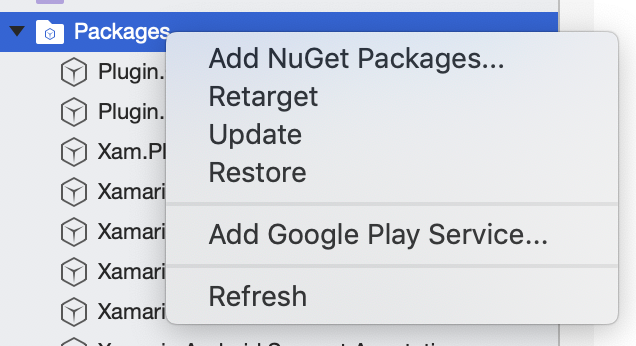I have migrated a solution that is currently targeting .NET 4.0 in VS2010 to VS2012 and now I would like to re-target it to .Net 4.5
What I am not sure about is the NuGet packages. For example EF5, which I updated from EF4 in VS2010 turns out to be actually EF 4.4 as you can see here:
<Reference Include="EntityFramework, Version=4.4.0.0, Culture=neutral, PublicKeyToken=b77a5c561934e089, processorArchitecture=MSIL">
<SpecificVersion>False</SpecificVersion>
<HintPath>..\packages\EntityFramework.5.0.0\lib\net40\EntityFramework.dll</HintPath>
</Reference>
I can also see the following in packages.config for the project:
<?xml version="1.0" encoding="utf-8"?>
<packages>
<package id="EntityFramework" version="5.0.0" targetFramework="net40" />
</packages>
So my question is:
What is the best practice to re-target all NuGet packages that are currently set to target .NET 4.0 to target .NET 4.5?

